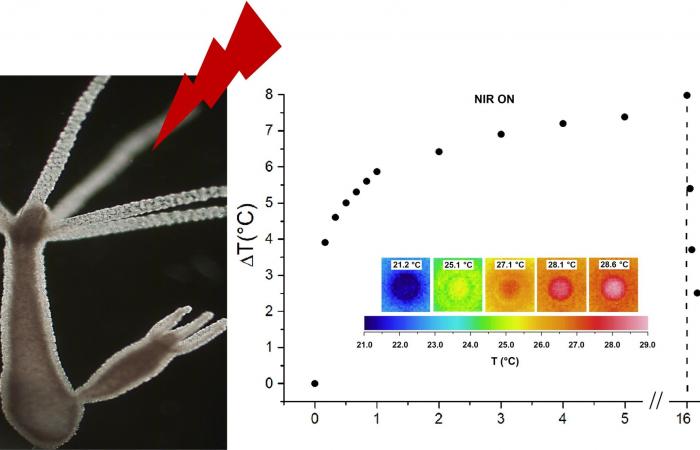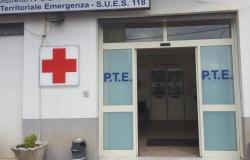Is it possible to heal a wound with light? The question – which represents one of the challenges of regenerative medicine – is answered by a study by the “Eduardo Caianiello” Institute of Applied Sciences and Intelligent Systems of the National Research Council of Pozzuoli (Cnr-Isasi). The Institute’s Nanobiomolecular research group has, in fact, demonstrated the possibility of promoting the tissue regeneration process in organisms treated with gold nanoprisms and illuminated with near-infrared light.
The study, published on Advanced Functional Materialswas conducted in collaboration with the Instituto de Nanociencia y Materiales de Aragón (Zaragoza, Spain): it describes how small amounts of heat generated by gold nanoparticles following infrared illumination (NIR) can promote the cell regeneration process by activating stem cells.
The research opens innovative perspectives in the field of regenerative medicine: “one of the objectives of regenerative medicine is the possibility of reactivating stem cells in injured tissue and promoting the processes that lead to tissue regeneration rather than repair, which rarely manages to restore the morphology and functionality of the tissue existing before the injury”explains Claudia Tortiglioneresearcher from the Cnr-Isasi who coordinated the Italian group, also composed of researchers Angela Tino and Massimo Rippa from the Cnr-Isasi. “In all living organisms, regeneration occurs thanks to genetic and biochemical factors that act at the cellular level, and is also regulated by physical stimuli such as heat, electric fields, light, etc., which play fundamental roles in coordinating large numbers of cells in the process wound healing. The effect of exposure to light or heat in promoting the regeneration process is well known, and in our daily lives we apply hot compresses or thermal plasters to reduce inflammation, relieve pain and improve blood circulation.”
While the human body is able to regenerate, at the adult stage, only part of some organs – such as skin, liver – in the animal world there are invertebrate organisms, such as the hydra and the planarian, in which the potential for tissue regeneration is maximum. And it is precisely on specimens of Hydra vulgaris that the team concentrated its studies, demonstrating how the treatment with nanoheatersMeaning what nanomaterials that produce heat when photostimulated, increase the speed of head regeneration, reproductive capacity and proliferation rate of the animal’s stem cells.
“In animals like Hydra vulgaris, this ability to regenerate amputated parts is due to the presence of stem cells: for this reason our challenge was aimed at understanding how to reactivate stem cells in adult human tissue,” adds the researcher. “The study outlines the molecular mechanisms underlying the increased regeneration efficiency, identifying key developmental genes and genes involved in the response to thermal stress that are reactivated earlier than normal due to nanoprism illumination. Furthermore, the amount of heat produced by the intracellular nanoheaters is estimated through thermographic analysis, revealing Hydra as a living thermometer to test the performance of these innovative materials.”
“These results, between nanophotonics and regenerative biology, shed light on a new function of nanoheaters in the control of molecular mechanisms underlying cellular stemness, and open up new strategies of regenerative medicine that will allow the use of light for the healing of wounds”, concludes Tortiglione.
Continue reading on MeteoWeb






